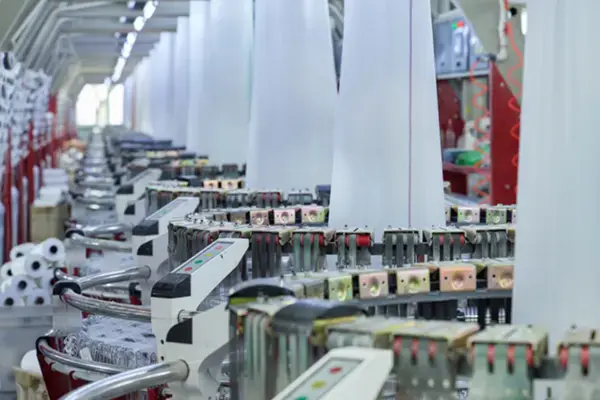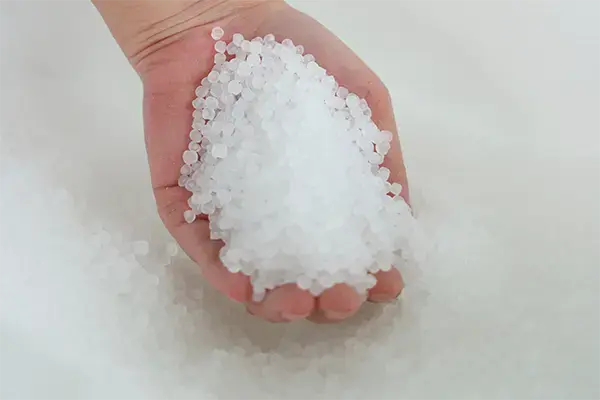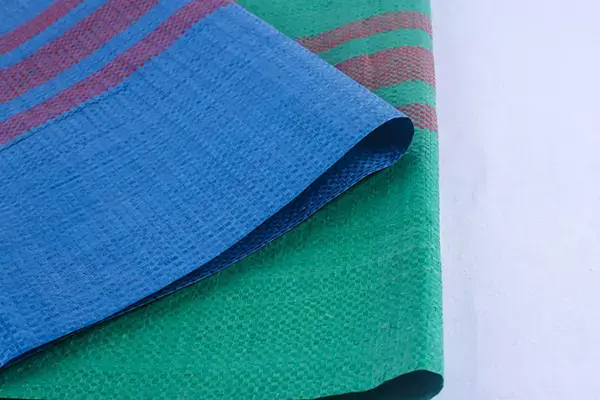Bi-oriented polypropylene film (BOPP) is generally a multi-layer co-extruded film, which is made from polypropylene granules that are co-extruded to form a sheet and then stretched in two directions, longitudinally and horizontally. This film has good physical stability, mechanical strength, air tightness, high transparency and gloss, toughness and abrasion resistance, and is a widely used packaging film, as well as the base film for BOPP tapes. It is also widely used in woven bags.
On the basis of the material properties of existing films, upgrading and improving the important performance control indicators of BOPP films is an important means of improving the competitiveness of BOPP films in the market.
Bi-oriented polypropylene film (BOPP) is generally a multi-layer co-extruded film, which is made from polypropylene granules that are co-extruded to form a sheet and then stretched in two directions, longitudinally and horizontally. This film has good physical stability, mechanical strength, air tightness, high transparency and gloss, toughness and abrasion resistance, and is a widely used packaging film, as well as the base film for BOPP tapes. It is also widely used in woven bags.
On the basis of the material properties of existing films, upgrading and improving the important performance control indicators of BOPP films is an important means of improving the competitiveness of BOPP films in the market.
01. Long-lasting antistatic performance
In the process of BOPP film packaging use, film static electricity by the film itself with the electrostatic and in the packaging process due to friction and electrostatic two parts. Static electricity will make it produce static adhesion, which has a negative impact on cutting, conveying, folding film, etc., and will cause the film on the machine running failure. Therefore, if only the electrostatic value of the film itself is emphasised and the electrostatic value generated during the packaging process is ignored, the film will have a good detection performance but always fail when running on the machine.
Antistatic properties are one of the basic requirements for smooth packaging. Long-lasting or permanent antistatic agents have been used industrially, but the addition of too much is costly and has a large negative impact on optical properties. On the basis of current technology, the ideal, smooth and continuous antistatic properties with a smaller amount of antistatic agent added will be one of the main research directions. An in-depth study of BOPP films with long-lasting antistatic properties can be considered from two aspects: firstly, the polarisation of the surface of the BOPP film; secondly, getting rid of the dependence of antistatic properties on humidity and adding conductive substances directly to the surface layer.
02. Differentiated friction properties
In BOPP films, there are many factors that influence the coefficient of friction:
(1) The type of toner. Silicone oil and amide type toner has good high and low temperature slip performance, while the wax type has better room temperature sliding performance. The slip agent can significantly reduce the coefficient of friction, which is the main factor affecting the friction performance of the film.
(2) Anti-adhesive agent. Anti-adhesive agent is generally a particle size of 2-5μm solid powder, it will be added to the film surface can form a number of bumps, will make the film layer and layer, the actual contact area between the film and the outer interface to reduce its adhesion, mutual sliding will be easier, conducive to the reduction of the coefficient of friction.
(3) Antistatic agent. Commonly used within the added type of antistatic agents are surfactants, can reduce the surface tension of the film, thereby reducing the coefficient of friction.
03、Low temperature heat sealing performance
The heat sealing performance of BOPP film is expressed as heat sealing temperature and heat sealing strength, and the heat sealing temperature should generally be controlled between 85~110℃. Different packaging machines, the heat sealing conditions are different, and the same model of equipment in different operating environments, the heat sealing temperature required is also different. Therefore, a wider range of heat sealing temperature makes the film have a better heat sealing adaptability, which can ensure its smooth operation on various packaging machines.
04. High gloss, low haze
In addition to ensuring that the film can be packed on the machine properly, the most important function of BOPP packaging film is a bright packaging appearance. From the basic principles of optics, two important quantitative indicators of the optical properties of BOPP films emerge, namely gloss and haze.
Glossiness is used to assess the visual effect of the film surface. The more light is directly reflected from the film surface, the higher the gloss level. High gloss surfaces reflect a high concentration of light and reflect images clearly. The surface of BOPP films should therefore have a high degree of surface flatness. Haze, conversely known as transparency, is a measure of the percentage of transmitted light that deviates from the direction of the incident light by more than a certain angle of light. When scattered at a small angle, the contents of the packaging are relatively clear; a large and inconsistent scattering angle will result in reduced contrast and hazy packaging contents, while a lower haze will show the clear and vibrant logo pattern of the outer box of the product.
At present, BOPP film is eager to solve a technical problem is to improve the film's surface scratch resistance, although there is research in improving the hardness of the substrate PP to do some work, but the problem has not been fundamentally solved, some manufacturers have introduced anti-abrasive BOPP film, after a comparative analysis, in fact, only to a certain extent to reduce its surface scratches. In-depth research into the underlying causes of easy surface scuffing of films and the negative effects of anti-adhesive particles on surface scuffing resistance is an important direction for high performance in BOPP films.
Recent Post
- The production process of pp woven bags
- What are the common characteristics of pp woven b…
- New national standard for woven bags
- Types and uses of woven bags
- What printing methods and printing steps are used…
- What are the uses of plastic pp woven bags?
- Anti-ageing woven bags and anti-ageing woven bags…
- The process of laminated woven bags







